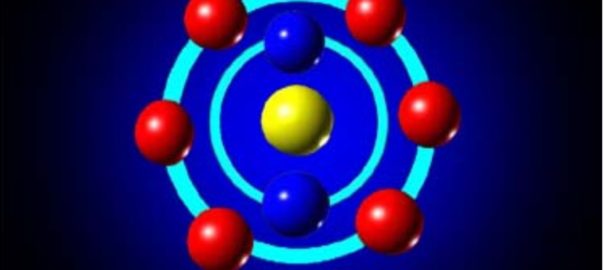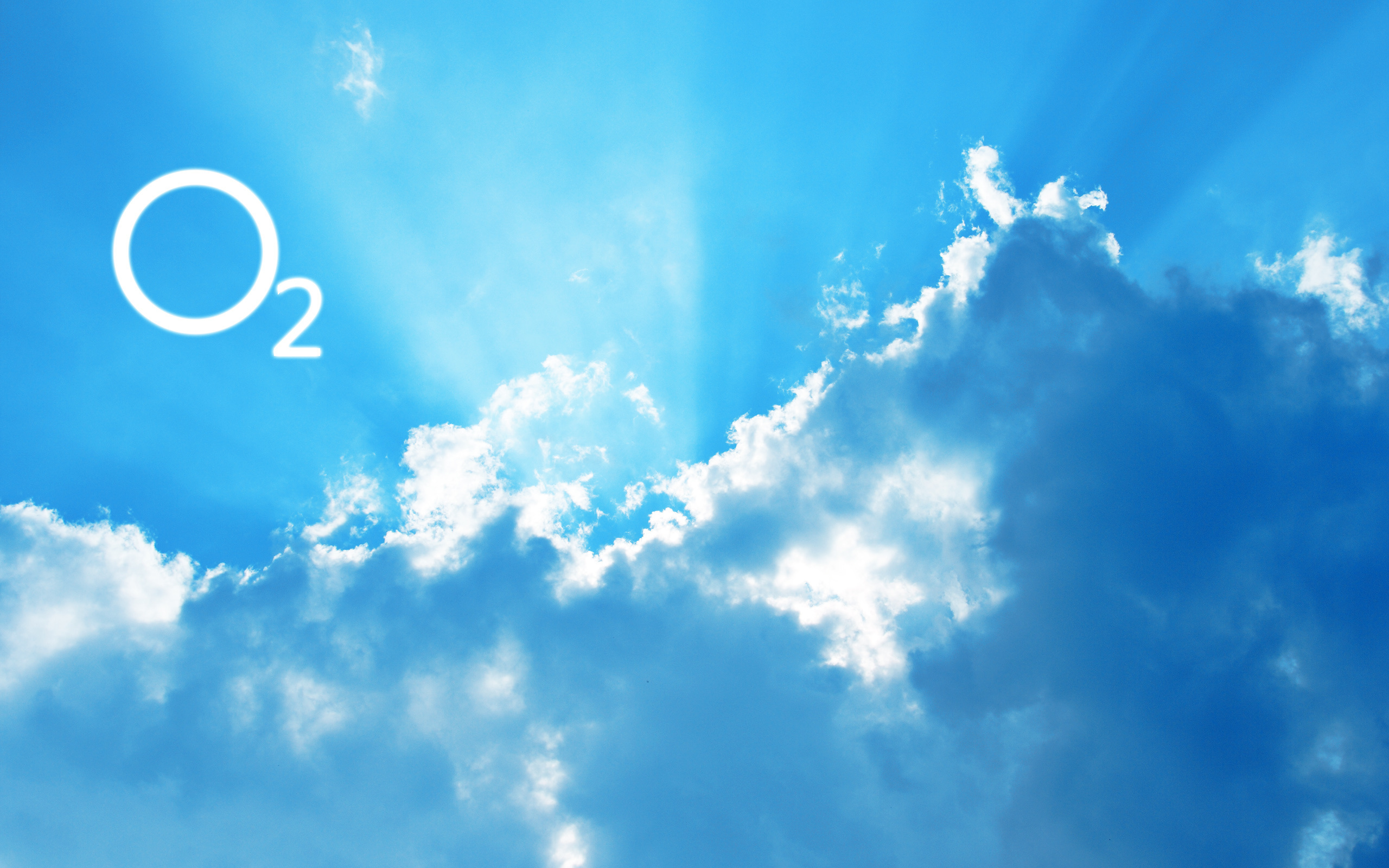Breathe in … breathe out. Ahh. Hooray for oxygen, the element that keeps much of life on Earth humming.
Element No. 8 on the Periodic Table of the Elements is a colorless gas that makes up 21 percent of Earth’s atmosphere. Because it’s all around, oxygen is easy to dismiss as dull and inert; in fact, it’s the most reactive of the non-metallic elements.
Earth has been oxygenated for about 2.3 billion to 2.4 billion years, and levels began to creep up at least 2.5 billion years ago, according to a 2007 NASA-funded study. No one knows quite why this lung-friendly gas suddenly became a significant part of the atmosphere, but it’s possible that geologic changes on Earth led to oxygen produced by photosynthesizing organisms sticking around, rather than being consumed in geologic reactions, according to the study researchers.
Just the Facts
- Atomic Number (number of protons in the nucleus): 8
- Atomic Symbol (on the Periodic Table of Elements): O
- Atomic Weight (average mass of the atom): 15.9994
- Density: 0.001429 grams per cubic centimeter
- Phase at Room Temperature: Gas
- Melting Point: minus 361.82 degrees Fahrenheit (minus 218.79 degrees Celsius)
- Boiling Point: minus 297.31 degrees F (minus 182.95 degrees C)
- Number of isotopes (atoms of the same element with a different number of neutrons): 11; three stable
- Most common isotopes: O-16 (99.757 percent natural abundance)
Oxygen is the third most abundant element in the universe

